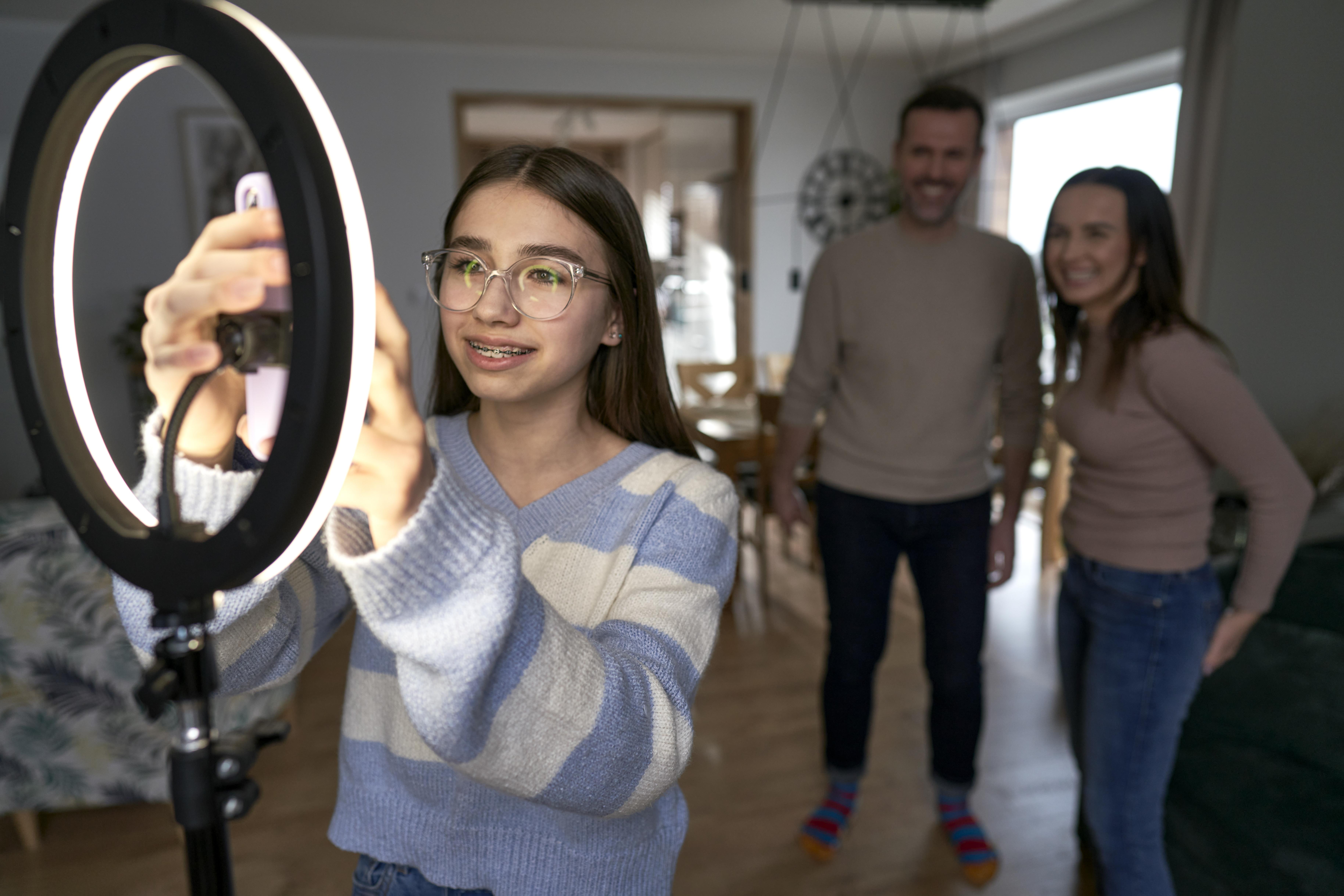Top 10 Insights into Teenage Eating Disorders and Their Impact
Media and Technology: Double-Edged Sword

In the digital age, media and technology have become pervasive influences on teenagers' lives, shaping their perceptions of body image and beauty. Social media platforms, in particular, can have a profound impact on teenagers' self-esteem and eating behaviors. On one hand, these platforms provide opportunities for self-expression and connection with others. On the other hand, they can also expose teenagers to unrealistic and idealized images of beauty that can contribute to body dissatisfaction and disordered eating.
The constant exposure to images of thin or toned bodies on social media can create a distorted perception of what is considered "normal" or "desirable." Teenagers may feel pressured to conform to these standards, leading to unhealthy dieting behaviors or the development of eating disorders. The use of photo-editing apps and filters can further exacerbate these issues by promoting unattainable beauty ideals. Additionally, the anonymity of social media can facilitate cyberbullying and negative comments about appearance, which can further damage teenagers' self-esteem.
Despite these challenges, media and technology can also be harnessed as tools for positive change. Online communities and support groups can provide a sense of belonging and validation for teenagers struggling with eating disorders. Educational campaigns that promote body positivity and diversity can challenge harmful beauty standards and encourage teenagers to embrace their unique qualities. By leveraging the power of media and technology, we can create a more inclusive and supportive digital landscape for teenagers.
